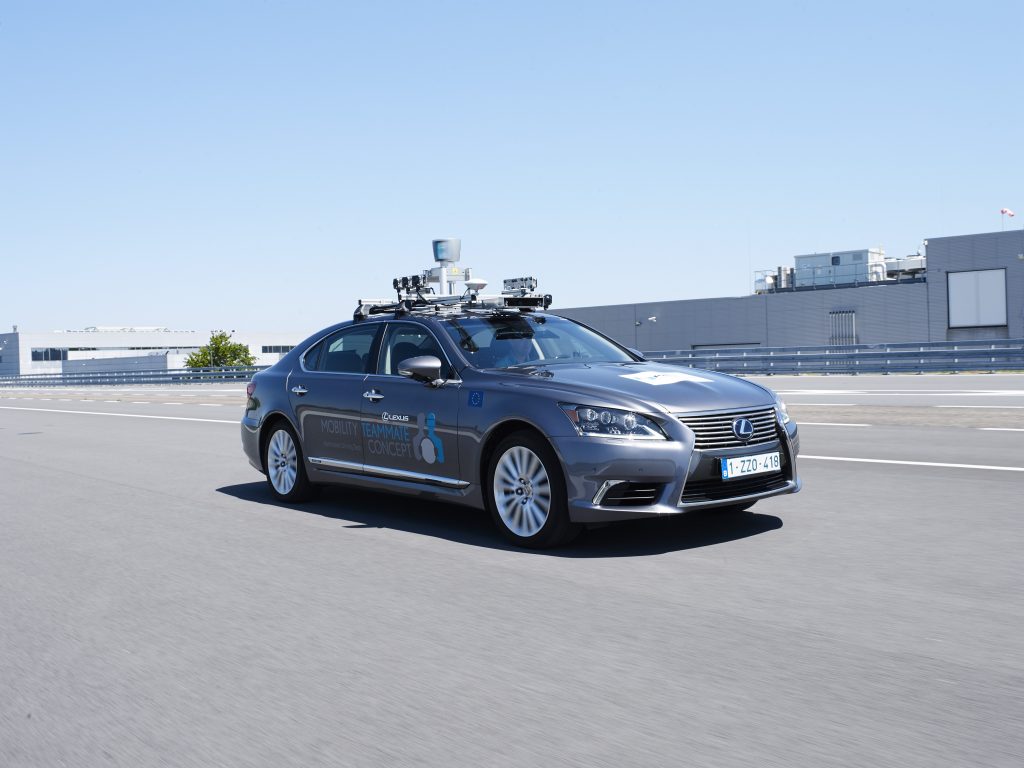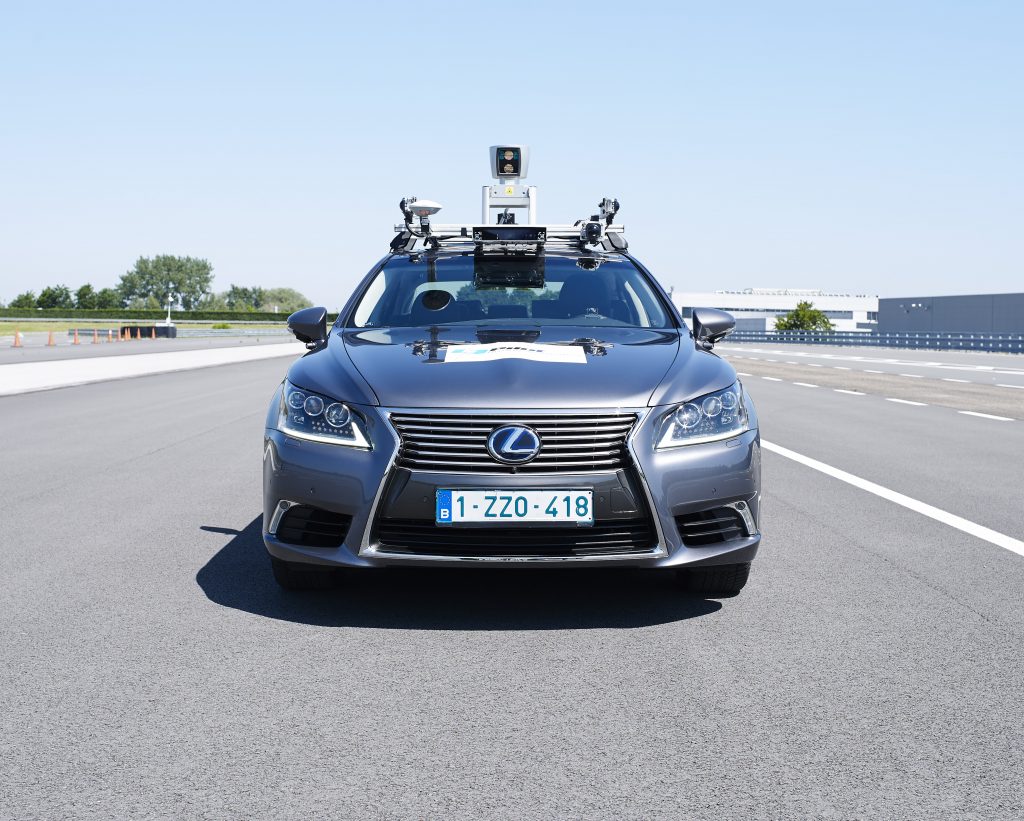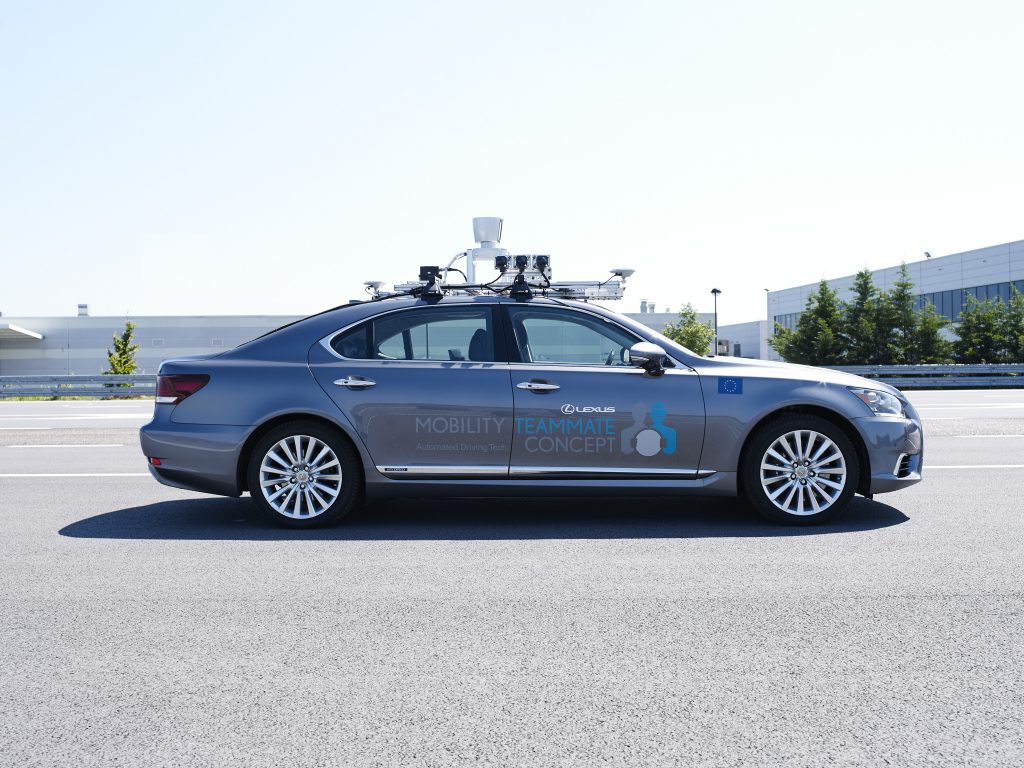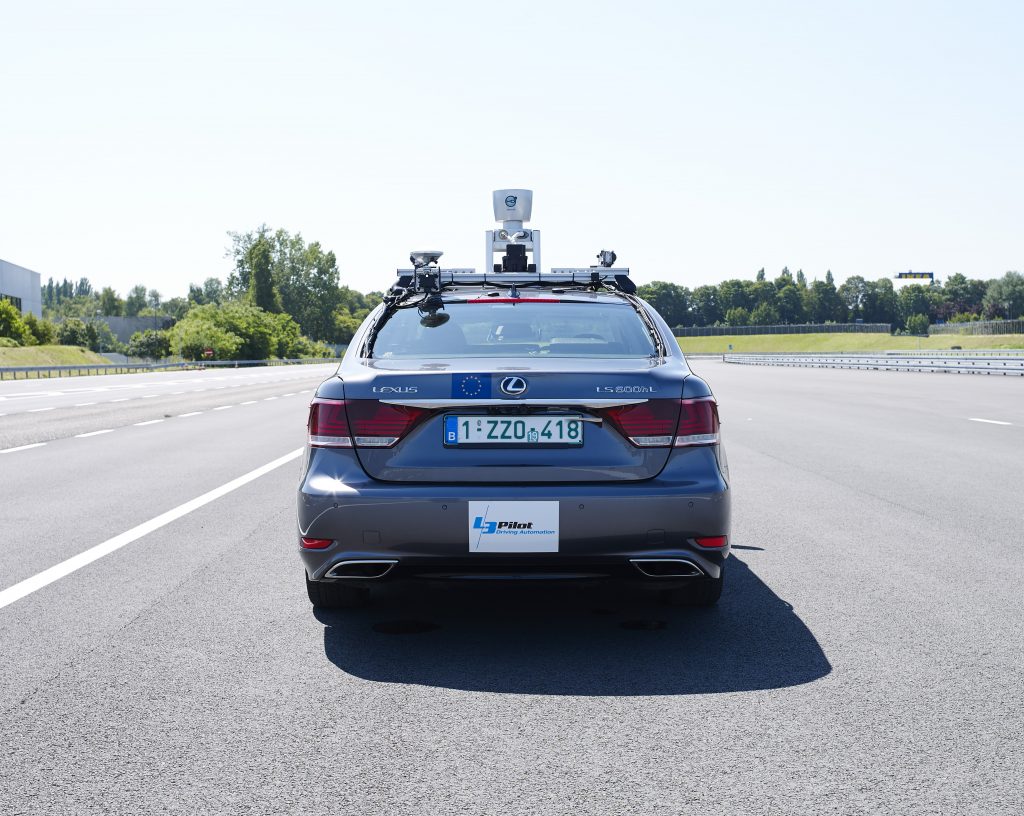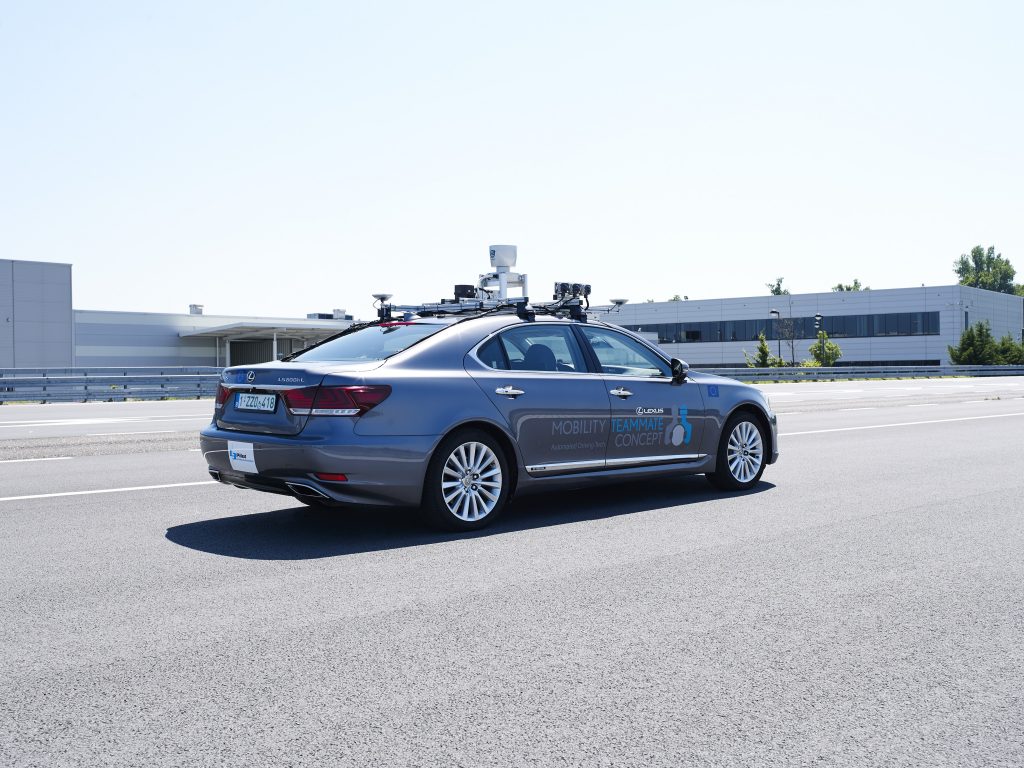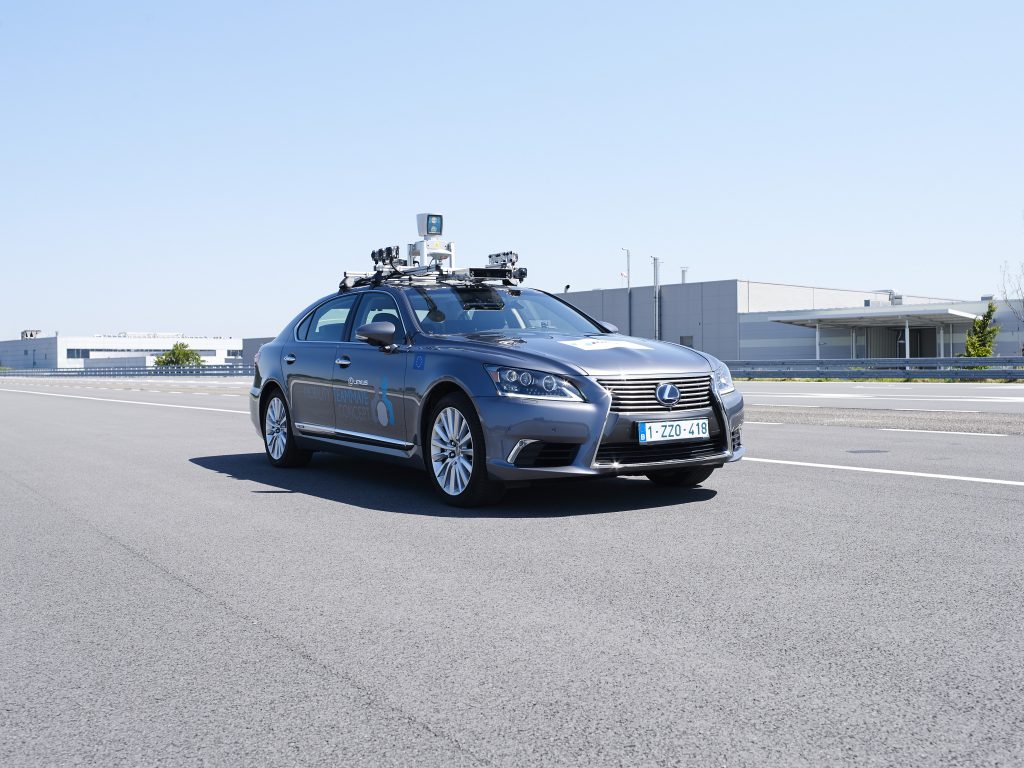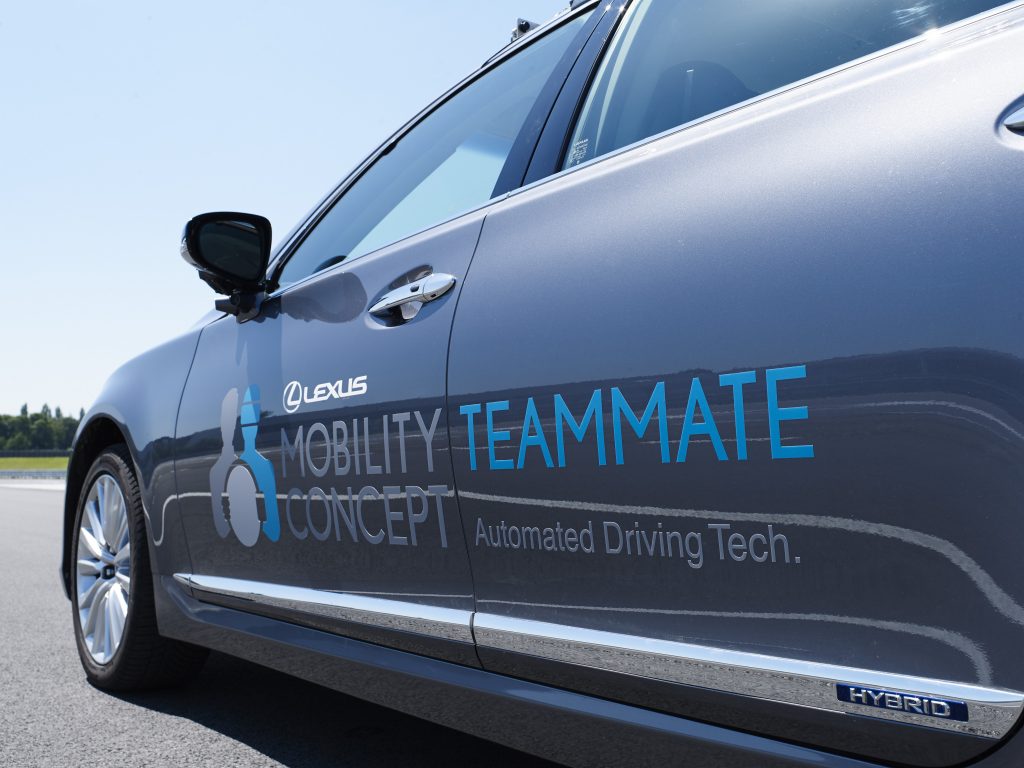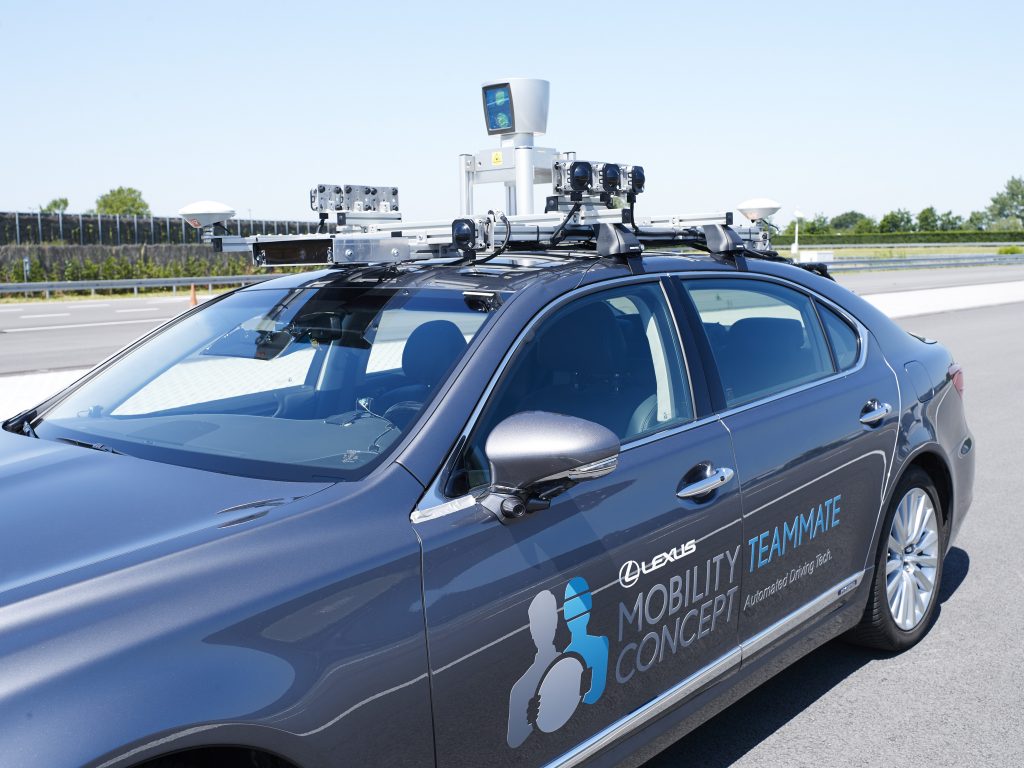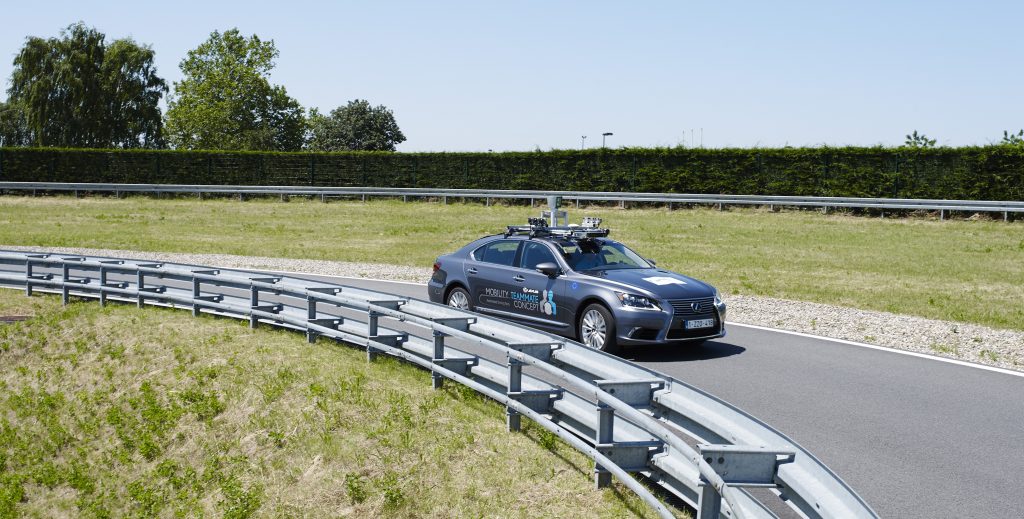Toyota to Test Automated Driving on European Roads
Toyota is to start testing its automated driving (AD) technology on public roads with the launch of a programme that will trial its in-house developed systems around the streets of Brussels. For the next 13 months, a Lexus LS will make repeated journeys around a fixed route in the Belgian capital.
The new test programme follows successful simulations and trials on closed circuits and previous public road tests in Japan and the USA.
Gerard Killmann, Toyota Motor Europe (TME) Vice President Research and Development, said: “Within Toyota’s global operations, TME’s Brussels R&D facility is the regional centre of excellence for computer vision – making computers ‘see and understand’ the environment around them. Toyota’s ultimate goal is zero casualties from traffic accidents, and the main goal of this pilot is to study complex and unpredictable human behaviour and its impact on automated driving system requirements.
“Responding to the complexity and diverse population of an urban environment like Brussels – the European capital and home to citizens of 184 different nationalities – is key to understanding human behaviour. After successful trials on public roads in Japan and the US, we are now adding European conditions to the technology’s understanding.”
Christophe Vanoerbreek of Brussels Mobility said: “The Brussels-Capital Region, and Brussels Mobility in particular, is committed to staying on top of the latest technological developments regarding automated vehicles. We are conscious of the potential of the technology as a solution for mobility, while at the same time prioritising safety. This acknowledgement is reflected in our new Regional Mobility Masterplan, called Good Move, and in one of the 50 actions that we put forward in order to make our vision a reality: to anticipate the automation of vehicles. I think we can be proud that our city and region is the laboratory for this kind of cutting-edge mobility solution. We are definitely encouraging innovation in mobility and that is being recognised internationally.”
Safety first
The Lexus LS that’s being used in the test is a standard production model and it will be driven on regular, open roads. The key difference is that it is fitted with a roof-mounted array of sensors, including LIDAR (laser imaging detection and ranging), radars, cameras and a high-precision positioning system. A safety driver travels in the car and can intervene and overrule the AD vehicle control system at any time. They will be accompanied by an operator who will supervise the entire system.
Toyota has undertaken months of thorough preparations to bring the car to the open road, validating the AD system, training the drivers, analysing the route and engaging with the authorities to gain the necessary approvals.
The research ties in with Toyota’s global vision to create safe, Ever Better Mobility for All. It sees the relationship between driver and car as teammates working together, an approach to mobility it has dubbed the Mobility Teammate Concept. With the aim of realising safer and more accessible mobility, it is working on two different automated driving models in parallel: Guardian and Chauffeur1.
At the same time as it is developing these technologies, Toyota is also making advanced safety and driving assistance systems popular and affordable with the introduction of Toyota Safety Sense and Lexus Safety System+2 to its model ranges.
European L3Pilot
The automated vehicle will also be used to collect data as part of Toyota’s involvement in the European L3Pilot project alongside 34 other partners, including a number of major car manufacturers, automotive suppliers, research institutes and authorities. The L3Pilot is a four-year European project, launched in 2017 and partly funded by the European Commission3. The project paves the way for large-scale AD field testing of around 100 cars and 1,000 drivers across 10 European countries. Within this framework, TME will concentrate on researching customer behaviours and the safe operation of systems in complex and diverse urban environments.
1 Guardian mode uses technology to constantly monitor the human’s driving task, intervening only when necessary. In Chauffeur mode, the technology takes all responsibility for driving.
2 The Lexus LS is equipped with Lexus Safety Sense+ A.
3 This project has received funding from the European Union’s Horizon 2020 research and innovation programme; grant agreement 723051, funded under H2020-EU.3.4.
ENDS

